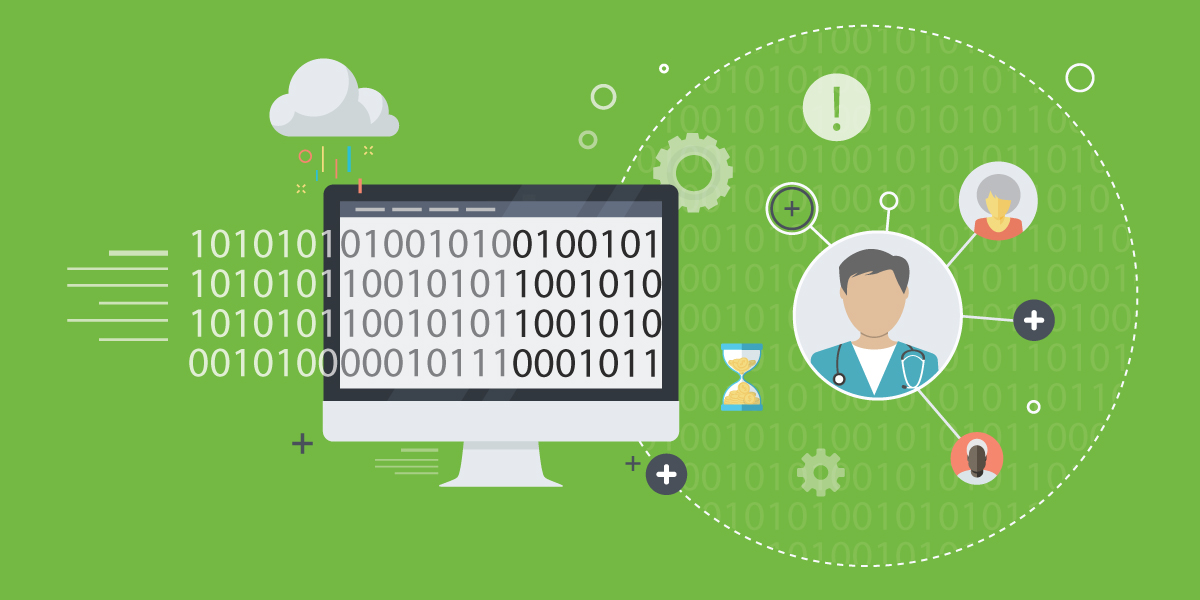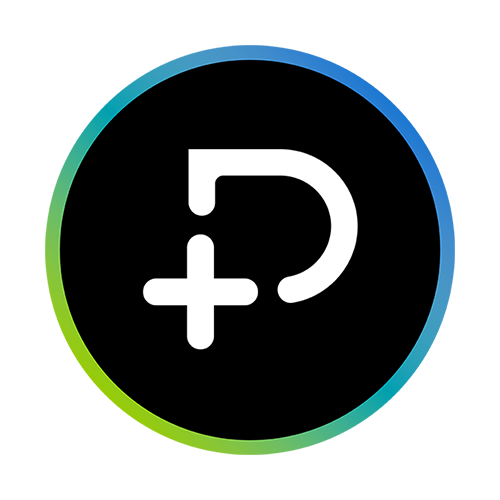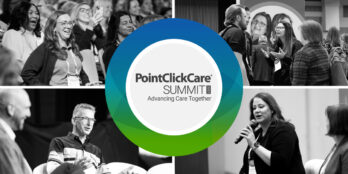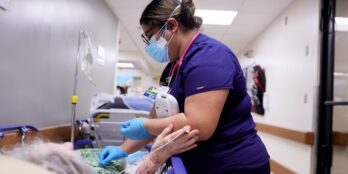
EHR Adoption: 7 Stages to Implementation Success
 3 min
3 min
Electronic health record (EHR) platforms are quickly becoming the norm across the senior care industry, with 48% of senior living communities, and over 80% of skilled nursing facilities, having implemented the technology platform. However, making the transition to an EHR can feel daunting, leading some providers to drag their feet. And if not implemented correctly, gaps can result very quickly.
To help ensure a successful transition from manual, paper-based workflows to an EHR platform, we recommend following a 7-stage adoption model:
Stage 1: Basic information system
The focus of the first stage is billing, reimbursements, basic MDS, demographics, and census. Changes to your infrastructure are minimal.
The goal of this stage is the elimination of duplicate efforts, better insights into MDS management, and improved visibility into billing.
Stage 2: Basic EHR
This stage focuses on the expansion of admin functions and incorporating clinical documentation, not just MDS. At this point, additional hardware and increased Internet bandwidth services may be required.
The goal for this stage is to improve administrative efficiencies, provide greater access to clinical and financial records for remote staff, as well as an increase in interdisciplinary team involvement.
Stage 3: Point of Care
At this stage, it’s time to start capturing real or near-time data at the point of care, which will require adequate infrastructure support.
The goal is to achieve improved communication between CNAs and nurses, increase the accuracy of ADL capture, increased medication safety, and improved team collaboration for better holistic outcomes.
Stage 4: Advanced Documentation
Now the focus is on managing all the data you and your team is collecting, which will require an analytics tool. Depending on the solution you choose, the requirements of your infrastructure vary, so be sure to discuss with your vendor.
At this stage, the goal is to increase oversight and insight while improving analytics to determine significant changes in condition, while driving better outcomes with clinical decision support.
Stage 5: External Ancillary Services Integration
This is the time to synchronize your facility and ancillary services systems and increase resident safety. You’ll also need to identify who is responsible for monitoring each integration and message flow.
The goal of this stage is to eliminate month-end change over pharmacy process, simplify therapeutic or generic interchange processes, and reduce issues related to lack of eligibility. Additionally, this stage eliminates the need for faxing, paper-based processes, and forms.
Stage 6: Engagement and Basic Information Exchange
This stage completes the resident story, with the inclusion of practitioners. The comprehensive clinical records are presented in a succinct and relevant fashion for practitioners to consume. At this time, bring your own device (BYOD) policies should be considered, along with remote access and an assessment of any threats to the EHR system.
Stage 7: Connected Care – Health Information Exchange
The final stage is focused on including the greater healthcare ecosystem, helping to improve transitions of care. Your infrastructure will become more complex, requiring know-how and system management.
This stage increases access to information for better decision making and meets meaningful use criteria for transitions of care. Discharge summaries can also be sent electronically, supporting ‘eligible providers’ meaningful use requirements. By providing the entire extended care team with a complete record, the client and care team experience will greatly improve.
Remember, take it one stage at a time — you’ll gain momentum (and benefits) as you implement. Incorporating new technology into your organization is a big undertaking. But, by breaking down your implementation by stage — and understanding the focus, goals, and infrastructure impact of each stage — your organization will achieve better outcomes and a healthier bottom line.
To get more detail on what’s involved at each stage, watch our on-demand webinar with Jayne Warwick, RN, HBScN below:
September 7, 2017






